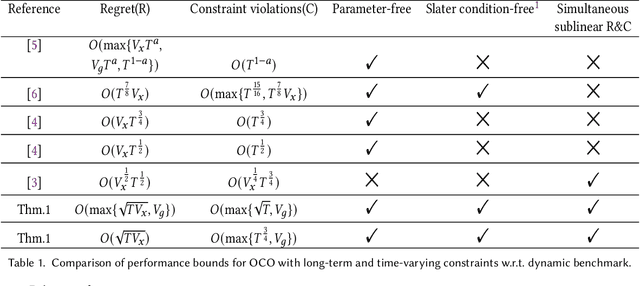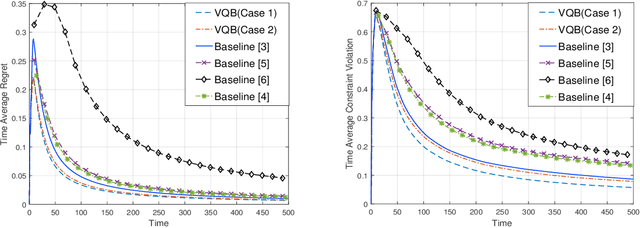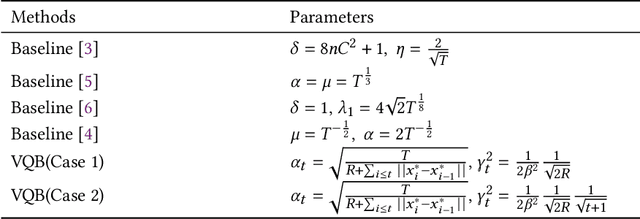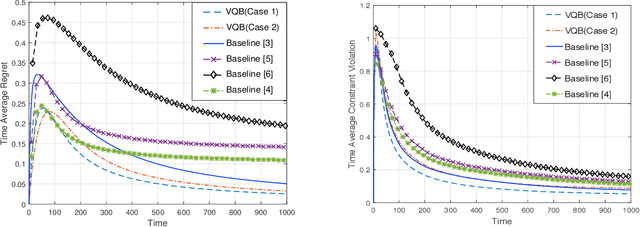Qingsong Liu
A Multi-Agent Framework with Automated Decision Rule Optimization for Cross-Domain Misinformation Detection
Mar 30, 2025Abstract:Misinformation spans various domains, but detection methods trained on specific domains often perform poorly when applied to others. With the rapid development of Large Language Models (LLMs), researchers have begun to utilize LLMs for cross-domain misinformation detection. However, existing LLM-based methods often fail to adequately analyze news in the target domain, limiting their detection capabilities. More importantly, these methods typically rely on manually designed decision rules, which are limited by domain knowledge and expert experience, thus limiting the generalizability of decision rules to different domains. To address these issues, we propose a MultiAgent Framework for cross-domain misinformation detection with Automated Decision Rule Optimization (MARO). Under this framework, we first employs multiple expert agents to analyze target-domain news. Subsequently, we introduce a question-reflection mechanism that guides expert agents to facilitate higherquality analysis. Furthermore, we propose a decision rule optimization approach based on carefully-designed cross-domain validation tasks to iteratively enhance the effectiveness of decision rules in different domains. Experimental results and in-depth analysis on commonlyused datasets demonstrate that MARO achieves significant improvements over existing methods.
Efficient and Accurate Prompt Optimization: the Benefit of Memory in Exemplar-Guided Reflection
Nov 12, 2024



Abstract:Automatic prompt engineering aims to enhance the generation quality of large language models (LLMs). Recent works utilize feedbacks generated from erroneous cases to guide the prompt optimization. During inference, they may further retrieve several semantically-related exemplars and concatenate them to the optimized prompts to improve the performance. However, those works only utilize the feedback at the current step, ignoring historical and unseleccted feedbacks which are potentially beneficial. Moreover, the selection of exemplars only considers the general semantic relationship and may not be optimal in terms of task performance and matching with the optimized prompt. In this work, we propose an Exemplar-Guided Reflection with Memory mechanism (ERM) to realize more efficient and accurate prompt optimization. Specifically, we design an exemplar-guided reflection mechanism where the feedback generation is additionally guided by the generated exemplars. We further build two kinds of memory to fully utilize the historical feedback information and support more effective exemplar retrieval. Empirical evaluations show our method surpasses previous state-of-the-arts with less optimization steps, i.e., improving F1 score by 10.1 on LIAR dataset, and reducing half of the optimization steps on ProTeGi.
Audio-driven High-resolution Seamless Talking Head Video Editing via StyleGAN
Jul 08, 2024



Abstract:The existing methods for audio-driven talking head video editing have the limitations of poor visual effects. This paper tries to tackle this problem through editing talking face images seamless with different emotions based on two modules: (1) an audio-to-landmark module, consisting of the CrossReconstructed Emotion Disentanglement and an alignment network module. It bridges the gap between speech and facial motions by predicting corresponding emotional landmarks from speech; (2) a landmark-based editing module edits face videos via StyleGAN. It aims to generate the seamless edited video consisting of the emotion and content components from the input audio. Extensive experiments confirm that compared with state-of-the-arts methods, our method provides high-resolution videos with high visual quality.
Simultaneously Achieving Sublinear Regret and Constraint Violations for Online Convex Optimization with Time-varying Constraints
Nov 15, 2021



Abstract:In this paper, we develop a novel virtual-queue-based online algorithm for online convex optimization (OCO) problems with long-term and time-varying constraints and conduct a performance analysis with respect to the dynamic regret and constraint violations. We design a new update rule of dual variables and a new way of incorporating time-varying constraint functions into the dual variables. To the best of our knowledge, our algorithm is the first parameter-free algorithm to simultaneously achieve sublinear dynamic regret and constraint violations. Our proposed algorithm also outperforms the state-of-the-art results in many aspects, e.g., our algorithm does not require the Slater condition. Meanwhile, for a group of practical and widely-studied constrained OCO problems in which the variation of consecutive constraints is smooth enough across time, our algorithm achieves $O(1)$ constraint violations. Furthermore, we extend our algorithm and analysis to the case when the time horizon $T$ is unknown. Finally, numerical experiments are conducted to validate the theoretical guarantees of our algorithm, and some applications of our proposed framework will be outlined.
* 31 pages, it has been accepted at Performance 2021
 Add to Chrome
Add to Chrome Add to Firefox
Add to Firefox Add to Edge
Add to Edge